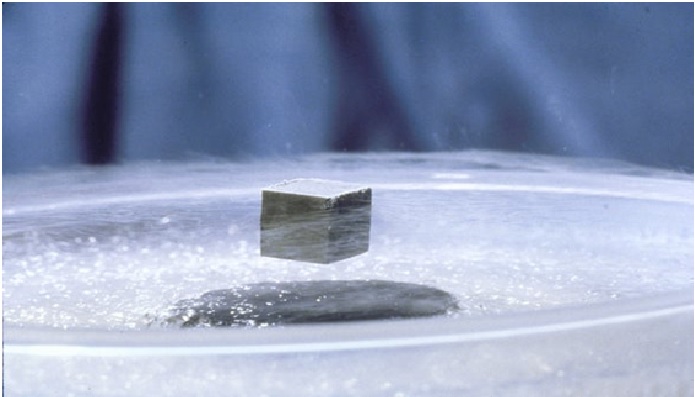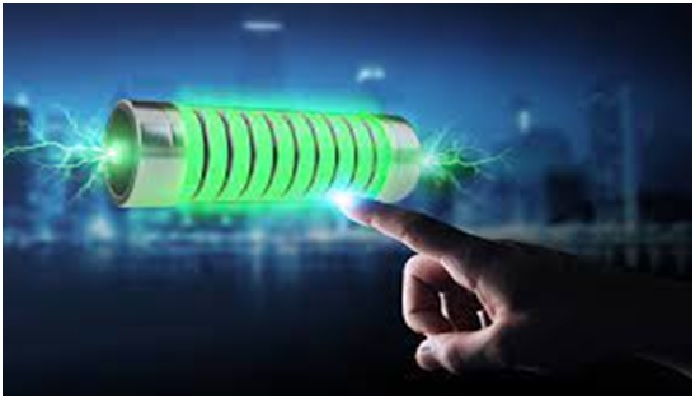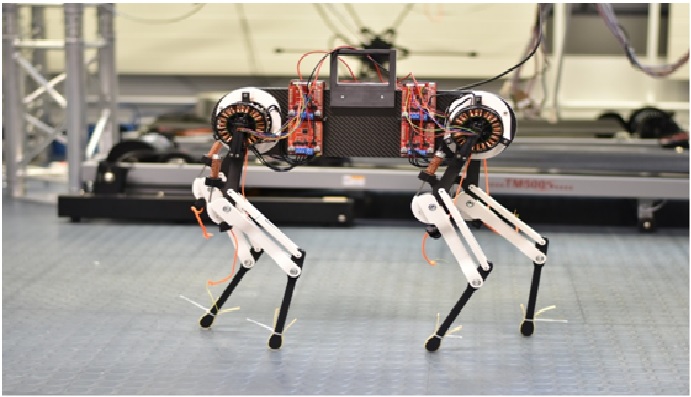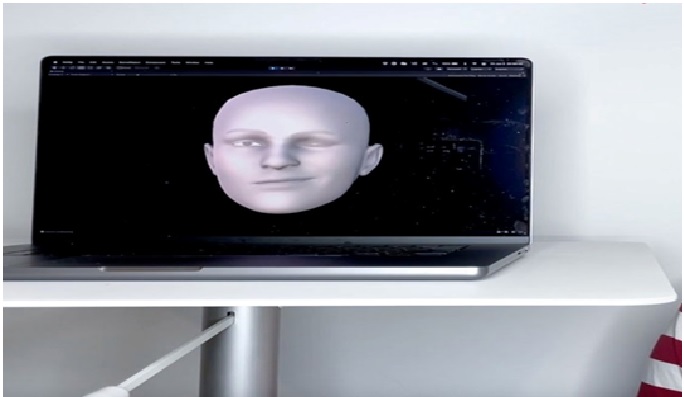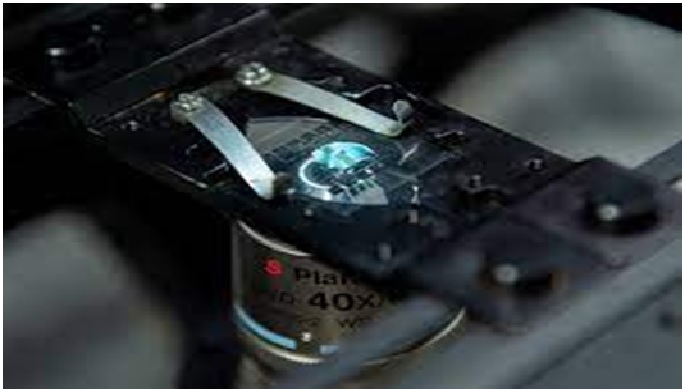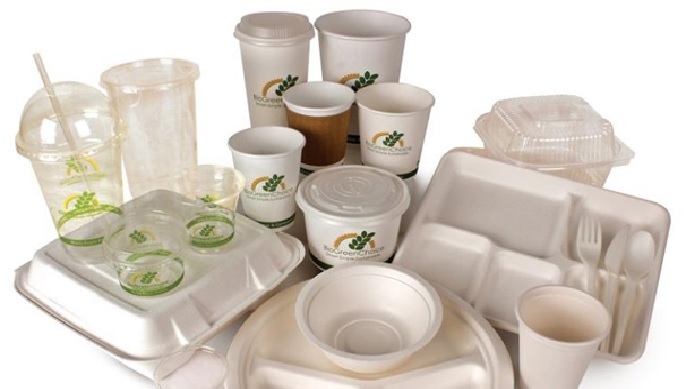The Future Technology of 3D Bioprinting
“3D Bioprinting” or “bioprinting” is a form of additive manufacturing that uses cells and biomaterials instead of traditional metals and plastics to create 3D constructs that are functional 3D tissues. These biomaterials are called bioinks, and they mimic the composition of our tissues. Bioprinting can be applied to a variety of areas including but not limited to regenerative medicine, drug discovery and development, and 3D cell culture. The process of bioprinting is shown in figure 1.
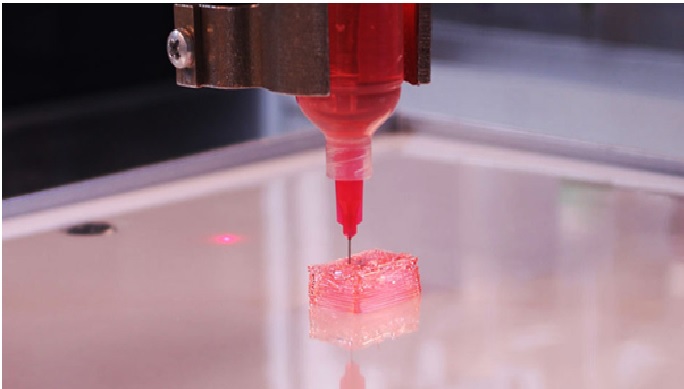
Figure 1. Bioprinting process
Bioprinted structures, such as organs-on-chips, can be used to study functions of a human body outside the body, in 3D. The geometry of a 3D bioprinted structure is more similar to that of a naturally occurring biological system than an in vitro 2D model. Structural similarity can in turn lead to functional results that are more physiologically relevant. No other technology enables the level of geometric complexity in engineering tissues that 3D bioprinting enables. That is why this technology has the potential to completely change the way we treat diseases – by replacing animal testing and ending the organ transplant waiting list.
The three basic steps of bioprinting:
1. Pre-bioprinting. This involves creating a digital file for the printer to read. Today, these files are often based on CT and MRI scans. Researchers prepare cells and mix them with their bioink, using a live-cell imaging system to ensure there are enough cells to print a tissue model successfully.
2. Bioprinting. Researchers load the cell-laden bioink into a cartridge and choose one or multiple printheads, depending on the structure they’re trying to build. Developing different types of tissue requires researchers to use different types of cells, bioinks and equipment.
3. Post-bioprinting. Most structures are crosslinked to become fully stable. Crosslinking is usually done by treating the construct with either ionic solution or UV light – the construct’s composition helps researchers determine what kind of crosslinking to use. Then the cell-filled constructs are placed inside an incubator for cultivation.
3D bioprinting started as a regenerative medicine tool. The production of artificial organs for transplantation would solve the issues of high demand and low availability, as well as post-surgical complications associated with organ rejection given that the fabricated organs would be developed using the patient’s own organic material.
While organ replacement is the ultimate objective, in the meantime, tissue repair has been showing very promising results. Instead of creating entire functional organs, the small tissue patches can be potentially used to regenerate and treat organs like the liver and heart. Bone and skin grafting can also benefit from the technology, including surgery for reconstructive and aesthetic purposes.
Both these applications associated with regenerative medicine are still in development, with only a handful of successful cases in research labs and animals such as the University of Toronto’s project of “printing” skin on burn injuries.
References:
- https://www.allevi3d.com/what-is-3d-bioprinting/
- https://analyticsindiamag.com/future-of-healthcare-from-the-lens-of-deep-learning-3d-printed-organoids/
- https://www.cellink.com/blog/bioprinting-explained-simply/
- https://all3dp.com/2/what-is-3d-bioprinting-simply-explained/
Cite this article:
Vinotha D (2022), The Future Technology of 3D Bioprinting, AnaTechMaz, pp.164



